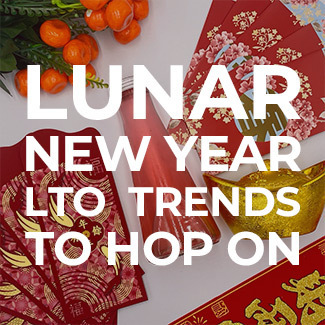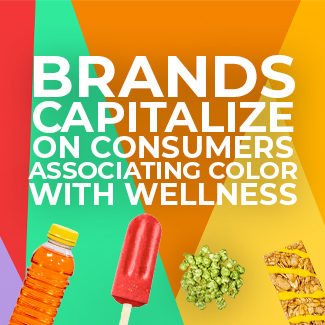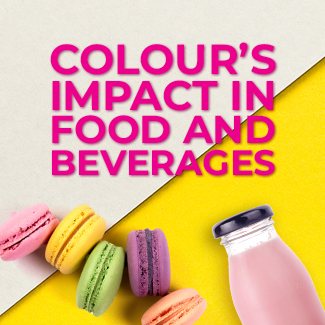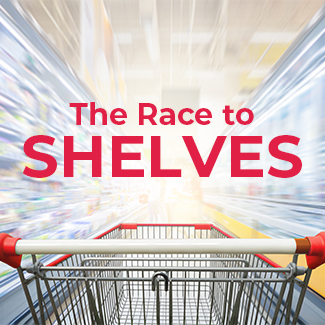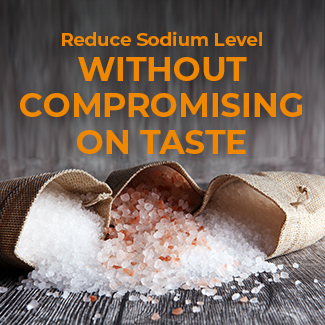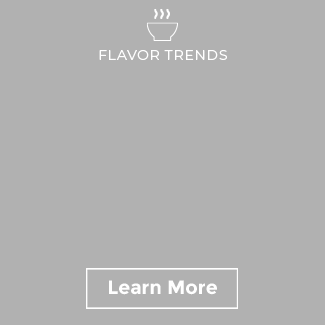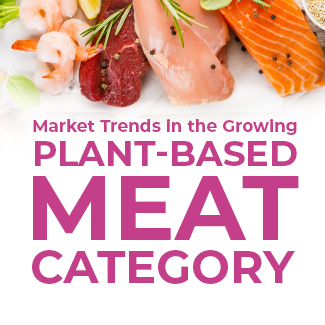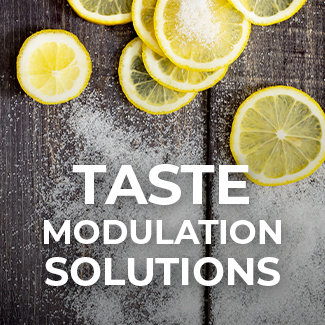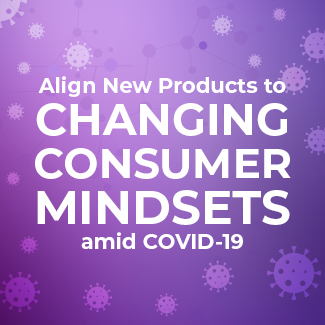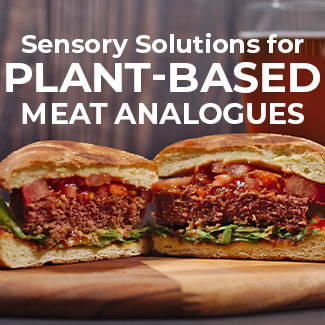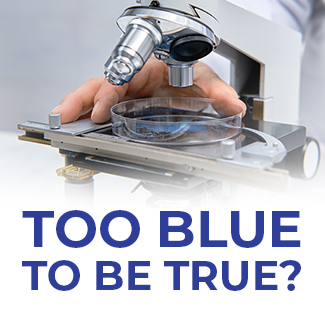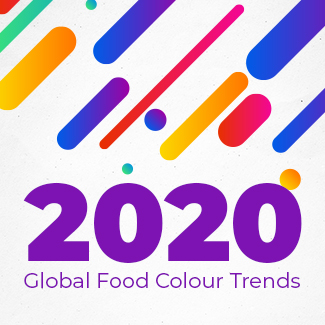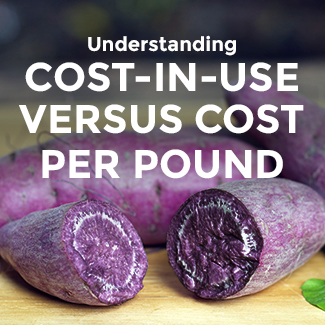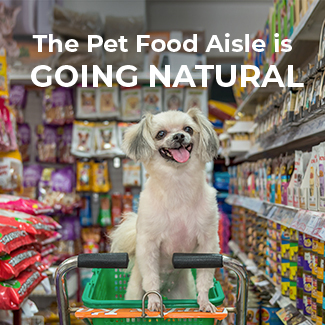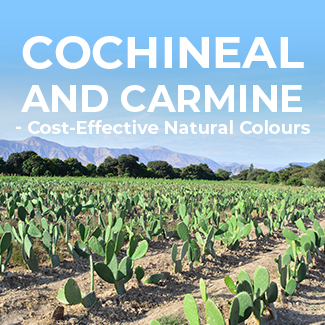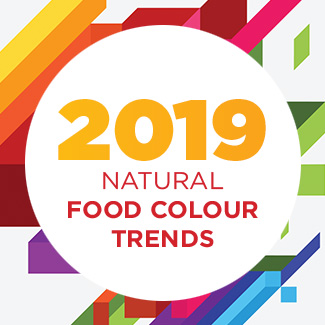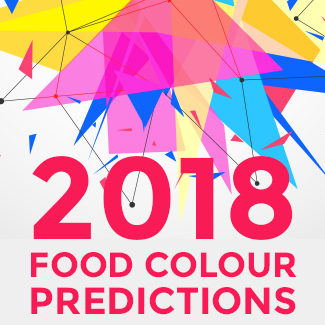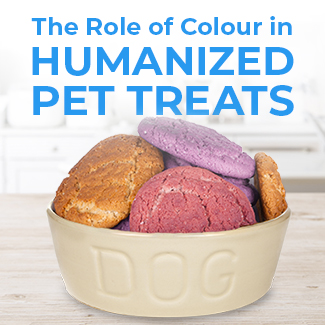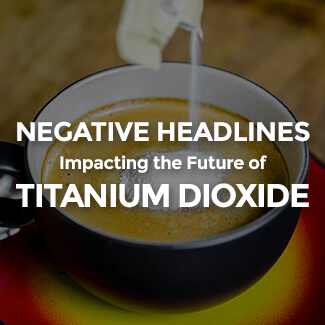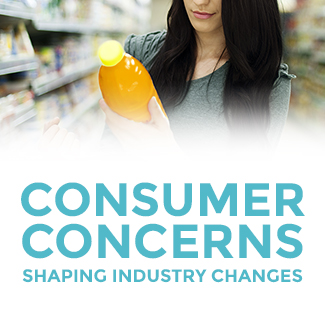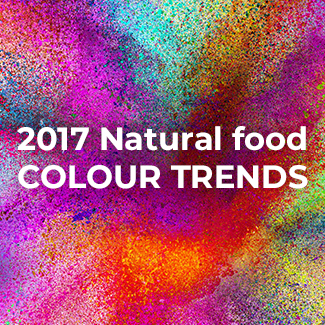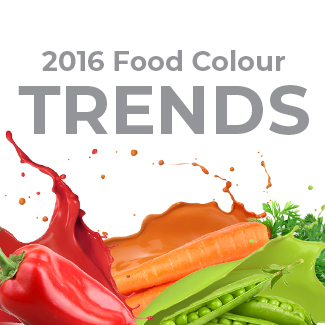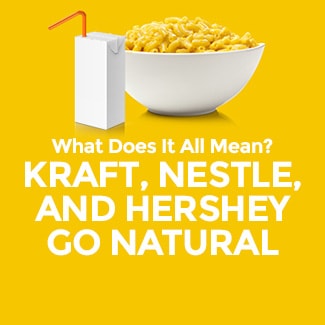Walmart & Aldi Leading the Move to Natural Colours in North America
Last month, in a presentation to a predominently millennial audience at the Net Impact Conference in Philadelphia, Wal-Mart President and CEO Doug McMillon stated “our goal is to become the world’s most affordable retailer of safer and healthier foods.” He continued by outlining their plan to achieve that goal:- Reducing food additives – specifically synthetic colours, artificial flavours, and artificial preservatives
- Doubling sales of locally grown produce
- Reducing sodium, added sugars, and saturated fats in both their own brands and national brands
Why are two retailers better known for their low prices suddenly leading the way on natural colours?
At first it didn’t appear to make sense to me, but when we started taking a closer look at the consumer data, it became clear that while the ‘early adopters’ of natural colours and other ingredients skewed less price sensitive, that is no longer true. Mainstream consumers, especially millennial moms, are largely responsible for the growing demand for ‘clean food.’ But they are also typically trying to feed a family on a budget.
Source: www.aldi.us/en/grocery-home/healthy-living/simple/
Both Wal-Mart and Aldi realize that if they want to continue to grow their business like they have in the past, it will be necessary to win with the mainstream shopper.A Changing Market
Historically, the leaders and innovators in the North American food market were large consumer packaged goods companies. Things have slowly shifted over time. In fact, Nielsen reports the following in their “US Food Sales & The Changing Consumer”- Retailer store brands accounted for 23% of overall growth and had a 3% CAGR
- Small brands grew by 6% CAGR
- Large manufacturers were flat over the same period of time
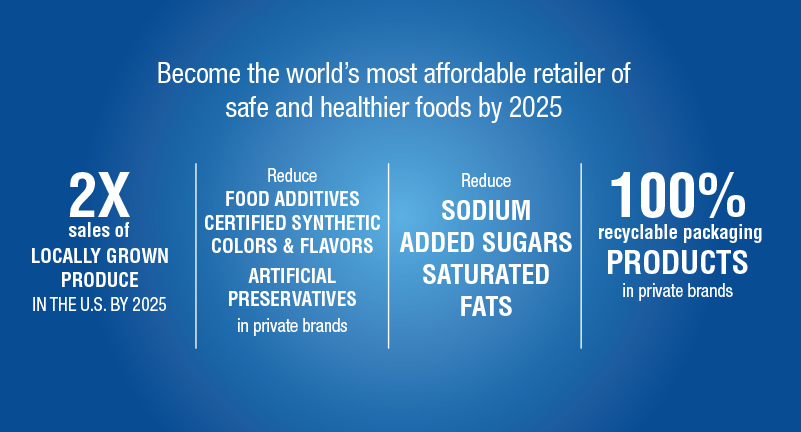
Source: Wal-Mart Presentation, Net Impact Conference
Wal-Mart and Natural Colours
As for the Great Value brand, it appears that Wal-Mart is employing a structured approach and prioritizing certain categories and products. Where Aldi made a massive change in a very short period of time, the Great Value brand will be a slower evolution.
In general, it appears that their priority will be in categories where consumers may be more surprised by the presence of synthetic FD&C colours. As McMillon stated, “We will work with our suppliers to reduce food additives, certified synthetic colours and flavors, and artificial preservatives. We will start with things like pasta sauce, salad dressing, and soup.”
According to a report from the news site just-food, Wal-Mart believes that consumers are likely to be more accepting of synthetic colours in categories like soda or frosting because they are more aware that these products typically use FD&C colours. However, the story also cites a source who says the company “will also take an item-by-item approach to see where [they] can remove them across the board”.
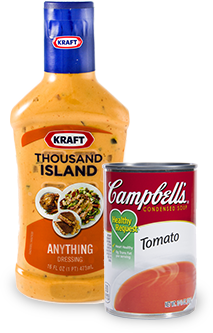
The Longer Term
I suspect as Wal-Mart makes progress, they will accelerate their efforts. While it is likely true that consumers are more aware today that products like soda, cakes, and other sweets make use of artificial colours, that doesn’t mean they are any more accepting of it. When we explored consumer attitudes about synthetic colours across categories, the results surprised us. While consumers are most concerned about the use of FD&C colour in dairy and kid-centric categories, they expect brands to move to natural across the board. Percent of US consumers who think natural colour is “extremely” or “very” important by category: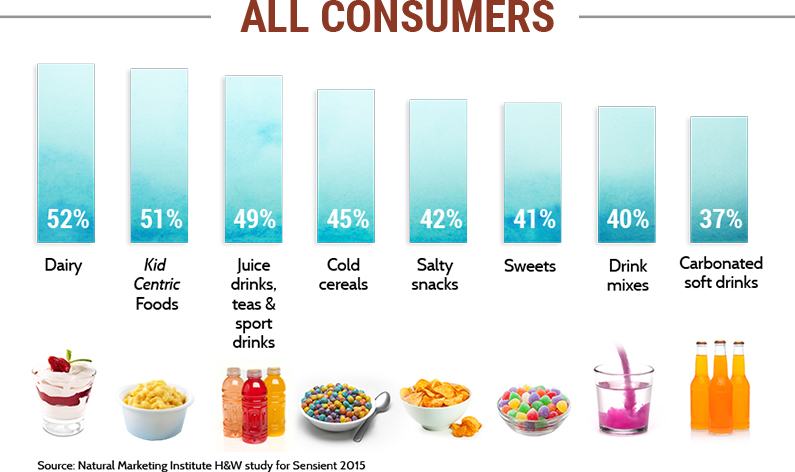 In the near term, I have to wonder whether other large retailers like Woolworths, Cold Storage or Costco will make similar moves. Change continues to be the norm for the food business.
In the near term, I have to wonder whether other large retailers like Woolworths, Cold Storage or Costco will make similar moves. Change continues to be the norm for the food business.



